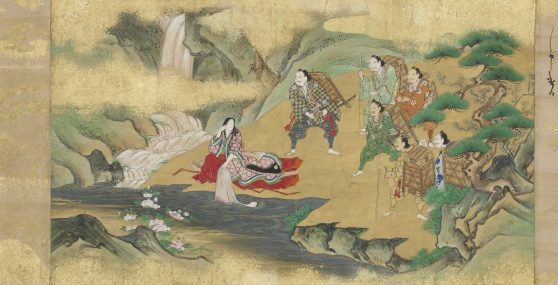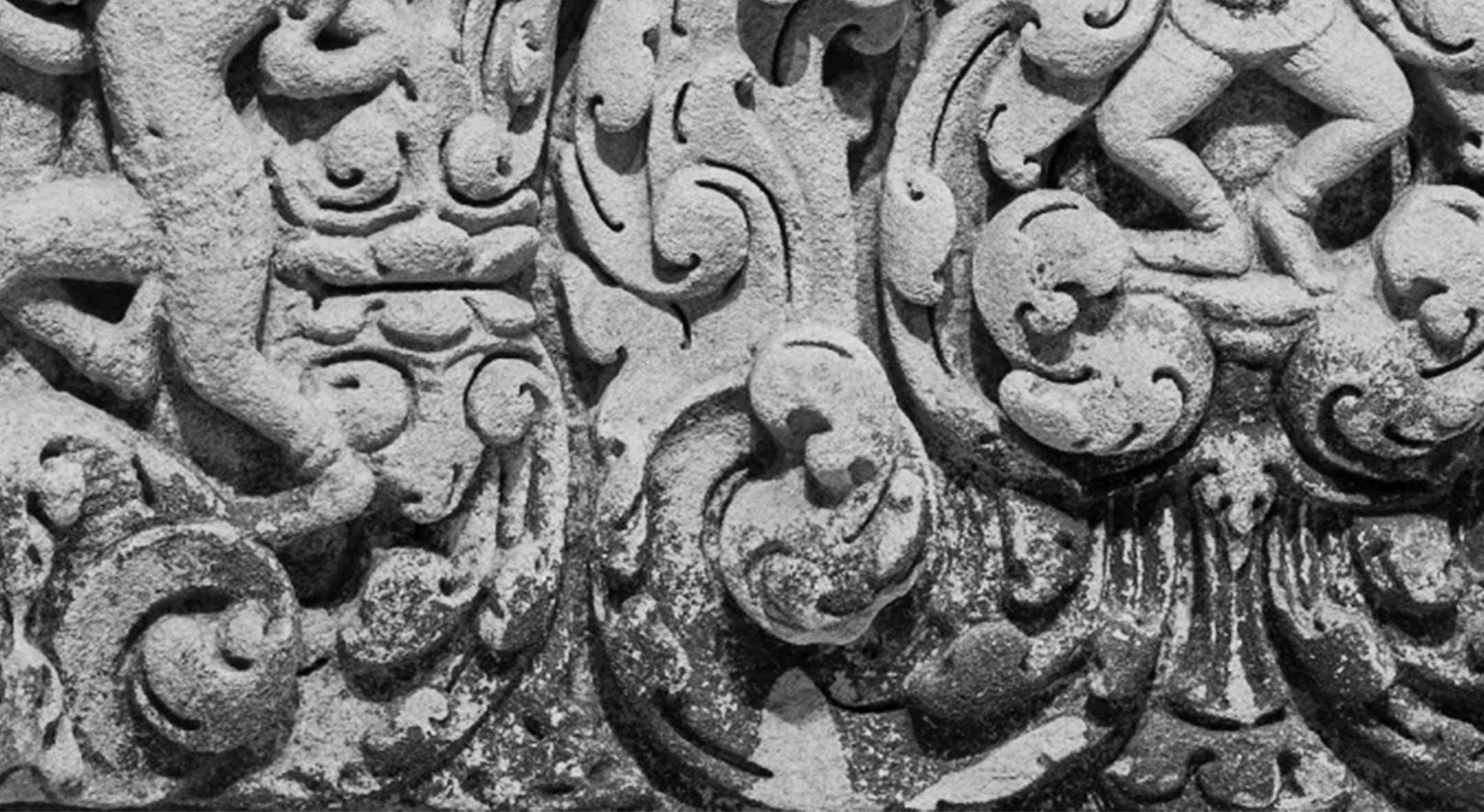March 21–September 20, 2009
-
Dates
-
Location
National Museum of Asian Art
-
Collection Area
Japanese Art
The tale of the conquest of the monster Shuten Dōji by the hero Minamoto Yorimitsu (948–1021) was retold by many Japanese artists during the Edo period (1615–1868). This popular tale appeared in works commissioned for elite patrons as well as in widely-available printed books. This exhibition will explore modes of visual narration through the museum’s exceptional collection of works illustrating the Tale of Shuten Dōji. For the first time since their acquisition for the collections of the Freer Gallery of Art and Arthur M. Sackler Gallery, this exhibition will display together two sets of handscrolls, a pair of screens, sketches for a set of fan paintings by Kawanabe Kyōsai and book illustrations by Hokusai and other artists together with paintings from private collections.
Conservation Treatment

The set of three hand scroll paintings were all in fairly good condition with a few minor issues affecting the paper support. The scrolls were cockling, and had areas of creasing with delamination of the support and seams. Light stains, insect damage, and pigment exfoliation were also noticeable. It was decided that minor treatment of the paper support was sufficient to stabilize the Shuten Doji handscroll paintings. Flaking pigments were consolidated with a solution of animal skin glue. Delaminating areas of the support and seams were reattached with wheat starch paste and conservators applied Mino paper reinforcement strips to severe creases from the verso of the scrolls. The scrolls were slowly humidified and carefully flattened while drying under weights. This not only made its scrolls stable, while preserving their original condition, but made them more flexible and safer to handle.
Researching the Mounting Fabric
However, the most urgent problem was the gold-threaded brocade scroll covers. The silk covers had darkened considerably and become unstable due to the iron mordant used during the dyeing process when the fabric was originally woven. Many of the silk threads had already worn away or continued to break and powder off when the covers were handled. Of greater concern, the acidic and mechanically unstable cover fabrics endangered the scroll paintings they contained. The covers were no longer structurally sound and could not protect the scroll paintings. Even worse, the acidic silk threads threatened to stain the paintings. Because of these concerns, it was decided that the fabrics could not be reused but would need to be replaced with reproduction fabrics.
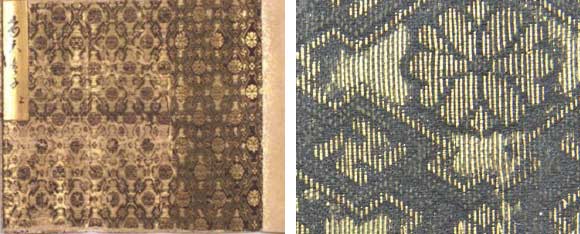
A handscroll cover from the set of Shuten Doji handscrolls. The acidic silk threads have darkened and are flaking off the surface of the fabric, exposing the gold threads beneath (left). A micrograph of an area of damaged and weak silk threads (right).
Preliminary analysis and discussion with conservation scientists, curators and textile experts from Japan and China suggested that the silk covers may have been original to the seventeenth century production of the scrolls. As well, the gold threaded multi-colored brocade contained a ‘chrysanthemum in a well’ pattern that is similar to the crest of the Egawa family of Izu, Shizuoka prefecture. It was felt important to research this possible connection to the Egawa family at the Egawa Library Foundation, which manages documents relating to this family. It was hoped that through this research new information would be discovered relating to the production of these handscrolls. Unfortunately, extensive scientific and historical analyses were both inconclusive in determining the age and country of production for the silk fabric. This serves to highlight the need for further research not only for these particular textiles, but in the field of East Asian mounting textiles in general.

Reproduction of the Scroll Cover Fabric
The Freer Gallery’s East Asian painting conservators worked closely with Mr. Yoichi Nakajima to reproduce the fabric for the covers. After much analysis and numerous discussions with Mr. Nakajima, the weave structure and pattern of the fabric was translated to suit an appropriate loom, and thread colors were chosen from numerous samples. EAPCS conservators carefully adjusted the final color of the fabric using dyes to match the age and tonality of the paintings. The original fabrics are preserved separately for future study.

Finally, the fabrics were used to remake the hand scroll covers. Andrew Hare dyed and prepared the newly reproduced fabric. Jiro Ueda completed the mounting process.
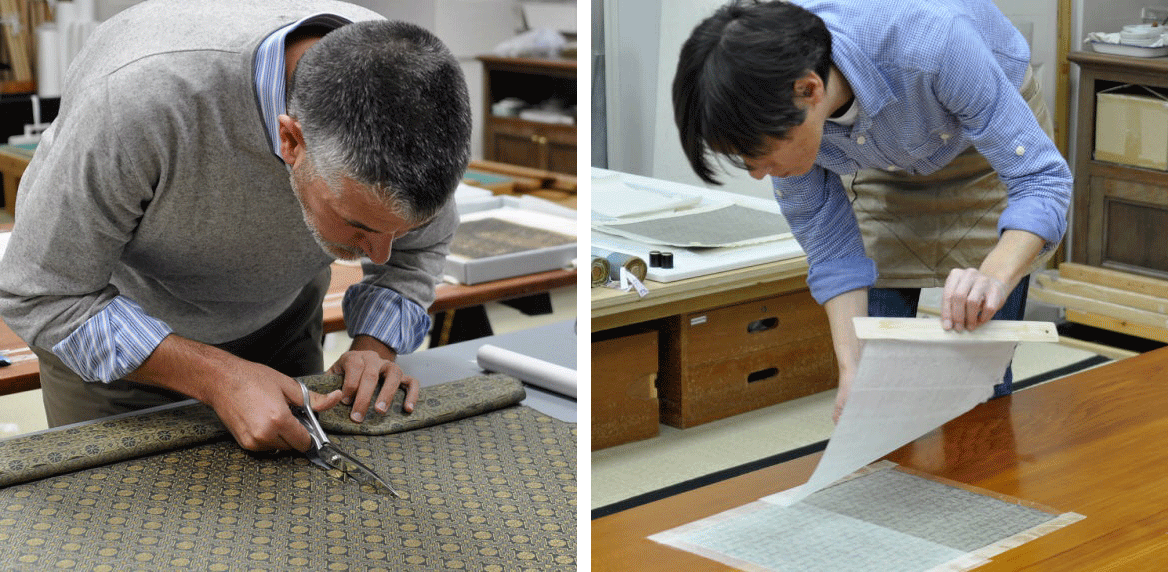
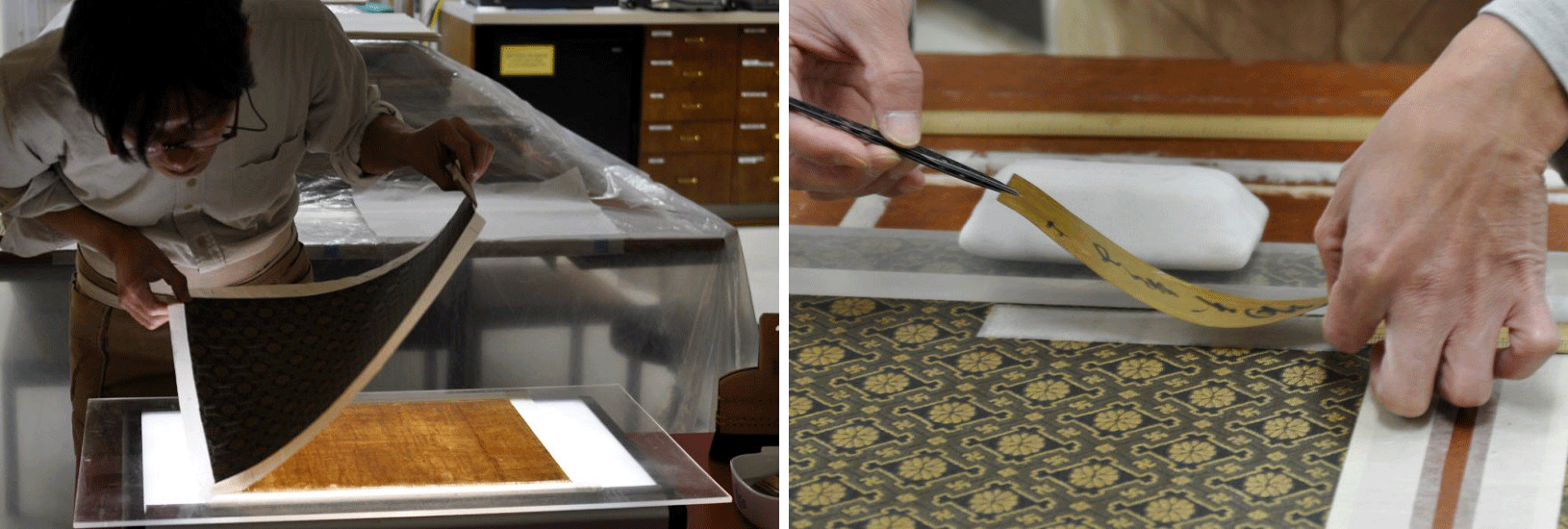
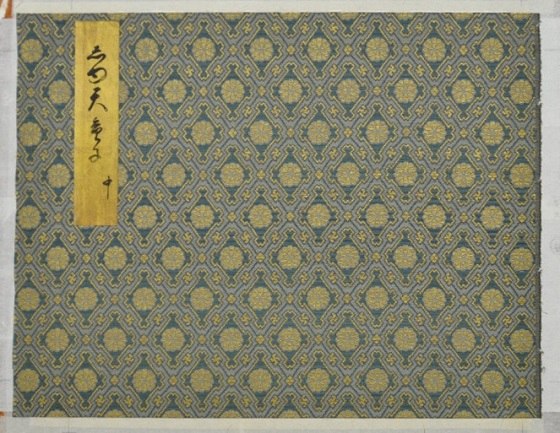
One of the newly completed covers for the Shuten Doji handscroll paintings.
The generous grant from the Sumitomo Foundation supported the production of custom repair paper and mounting fabrics in Japan that were essential for the successful conservation treatment of four important Freer collection paintings. The newly produced materials enabled conservators to maintain the historical context and mounting aesthetic of each artwork, while restoring the structural stability of the paintings and enhancing the overall impact of the painted images. This conservation project also allowed Freer Gallery and Asian conservators, scientists, and scholars the opportunity to collaborate and conduct research on traditional Asian textile used in mounting.
The Tale of Shuten Doji, F1998.303.1
- Jump To...


